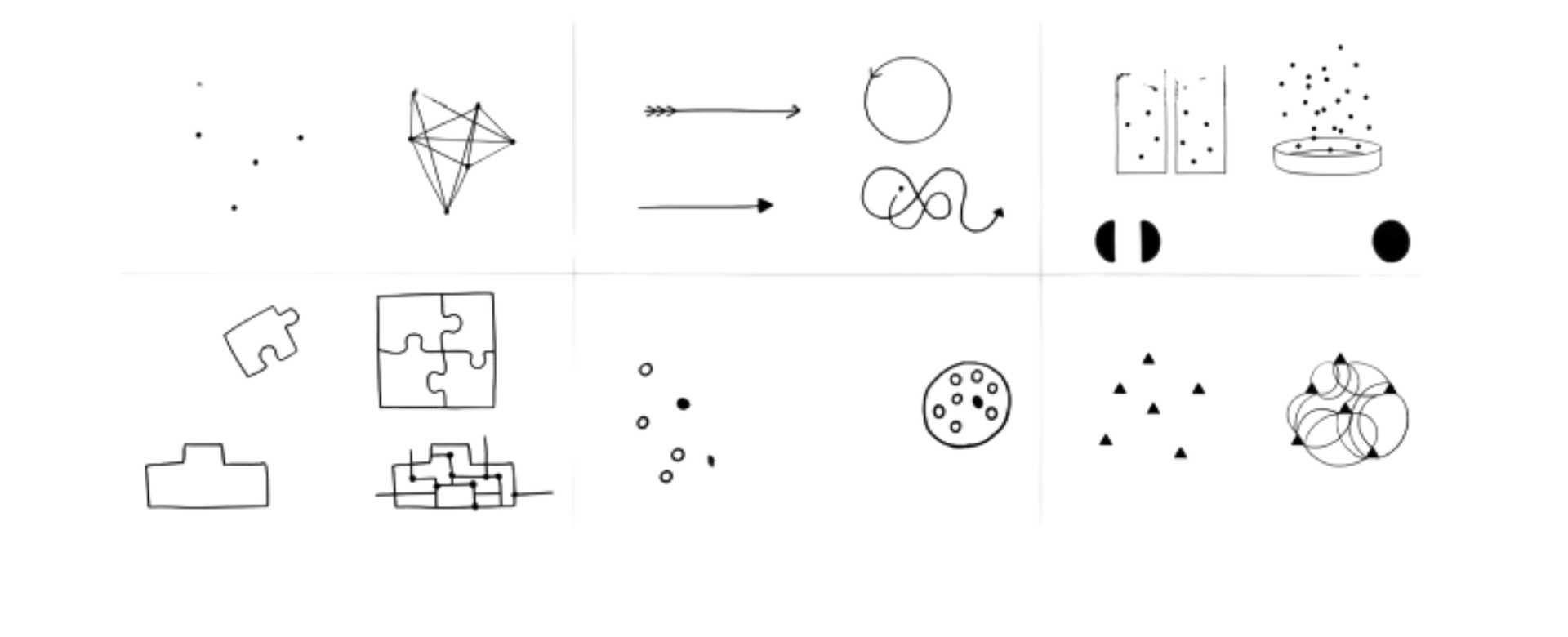5 Essential Elements of Good Product Design

Product design is a complex and multifaceted process. It involves the incorporation of many different elements to create a product that is functional, aesthetically pleasing, and easy to use and understand. In this article, we will discuss the 10 essential elements of good product design.
1. Functionality
The foremost element of good product design is functionality. Designers must consider what the product needs to do and how it will do it. Questions like ‘How does this product need to operate?’, ‘What type of user interface does it need?’, and ‘Which features are necessary?’ all need to be addressed. Functionality also includes the structural integrity of the product, as it needs to be able to withstand everyday use without malfunctioning.
In addition, designers must consider the ergonomics of the product. This means that the product should be comfortable to use and should be designed to fit the user's body. This is especially important for products that are used for extended periods of time, such as furniture or tools. Ergonomics also includes the product's weight and size, as well as its overall shape and design.

Become a Product Manager
Learn from top industry experts, get access to 1 year placement support and transition into product management at India's top tech companies.
2. Usability
Usability is key in any product design. A product needs to be easy to use and understand. It should not require excessive instructions or cause confusion. User-friendly design with clear instructions and intuitive controls is essential to making a product successful.
In addition to being user-friendly, a product should also be aesthetically pleasing. A product should be visually appealing and have a cohesive design that is consistent throughout. This will help to create a positive user experience and encourage users to interact with the product.
3. Aesthetics
Aesthetics are an important part of product design. The look and feel of a product should be pleasing and inviting, so users will feel comfortable using it. Good aesthetics should also be in line with the brand’s identity, values, and mission. Designers should pay attention to color palettes, typography, images, and other elements that contribute to the overall look of the product.
In addition to aesthetics, designers should also consider the usability of the product. The user interface should be intuitive and easy to navigate, so users can quickly find the information they need. Designers should also consider how the product will be used in different contexts, such as mobile devices or desktop computers, and design accordingly.
4. Brand Consistency
Product designs should also be consistent with the brand’s identity. This means that the product should reflect the brand’s values, mission, and visual identity. Brand consistency helps reinforce the brand’s message and makes it easier for consumers to recognize the product. Designers should therefore ensure that the product’s design is in line with the brand’s guidelines.
It is important to consider the target audience when designing a product. The product should be designed in a way that appeals to the target audience and resonates with them. This will help to create a strong connection between the product and the target audience, which will help to increase brand loyalty.
5. User Experience (UX)
User experience (UX) is an essential element of product design. UX involves creating a positive experience for users while they are using the product. Designers must pay attention to how users interact with the product and use feedback to improve the UX. UX should be intuitive, modern, and easy to use, so users don’t have to struggle to understand how to use the product.
These are the 10 essential elements of good product design. Functionality, usability, aesthetics, brand consistency, and user experience (UX) are all essential for creating a successful product. Product designers should take these elements into consideration when creating their products in order to ensure success.
In addition to the five elements mentioned above, product designers should also consider the user's needs and preferences when designing a product. This includes understanding the user's goals and motivations, as well as their technical abilities. By understanding the user's needs and preferences, product designers can create a product that is tailored to the user's needs and provides a positive user experience.

Become a Product Manager
Learn from top industry experts, get access to 1 year placement support and transition into product management at India's top tech companies.



